Dear MoFA members and friends of malacology,
we would like to draw your attention to the following interesting calls:
Polish Malacological Seminar
The second announcement of the Polish Malacological Seminar is available →here
The seminar is held on 8-10 May 2025 in Krobia near Toruń, Poland. The registration, title and proposed type of presentation, and invoice details (only if needed) must be submitted by 16 March 2025.
Master-Thesis Offer
Thesis topics on biodiversity loss in the Mediterranean Sea are offered by Paolo G. Albano to be conducted at the Stazione Zoologica Anton Dohrn in Naples, Italy. The following is the call from Paolo G. Albano:
I am offering thesis topics on biodiversity loss in the Mediterranean Sea to be conducted at Stazione Zoologica Anton Dohrn in Naples, Italy. The study will address biodiversity loss in the eastern Mediterranean by quantifying taxonomic diversity in living assemblages and compare it to a baseline reconstructed from death assemblages. The thesis is thus suitable for students in both the life and earth sciences.
More context is available in this paper: https://royalsocietypublishing.org/doi/10.1098/rspb.2020.2469
The student will sort benthos samples learning to distinguish the most frequent phyla of marine invertebrates and will then learn to identify molluscs at the species level. Indeed, students interested in molluscan diversity will find a particularly welcoming and entertaining working environment!
Data analysis is focused on comparison of species richness in living and death assemblages to quantify change and is better conducted in the R statistical environment. Reporting will follow home institutions’ expectations.
Students are expected to spend at least four months in Naples to conduct lab work, preferably starting in early September 2025. Data analysis and thesis writing may be conducted back at home institutions, despite data analysis is more easily supervised in person.
Interested candidates may contact me at pgalbano@gmail.com
—
Dr. Paolo G. ALBANO, Ph.D. (he/him)
Senior Scientist, Stazione Zoologica Anton Dohrn, National Institute of Marine Biology, Ecology and Biotechnology, Naples, Italy
Research Associate, Department of Paleontology, University of Vienna, Austria

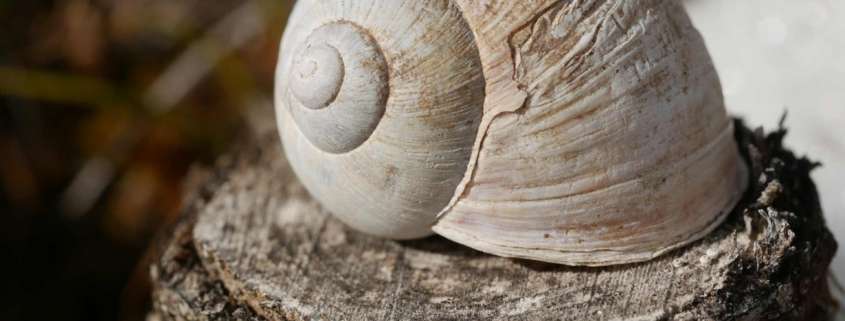 © S. Bamberger
© S. Bamberger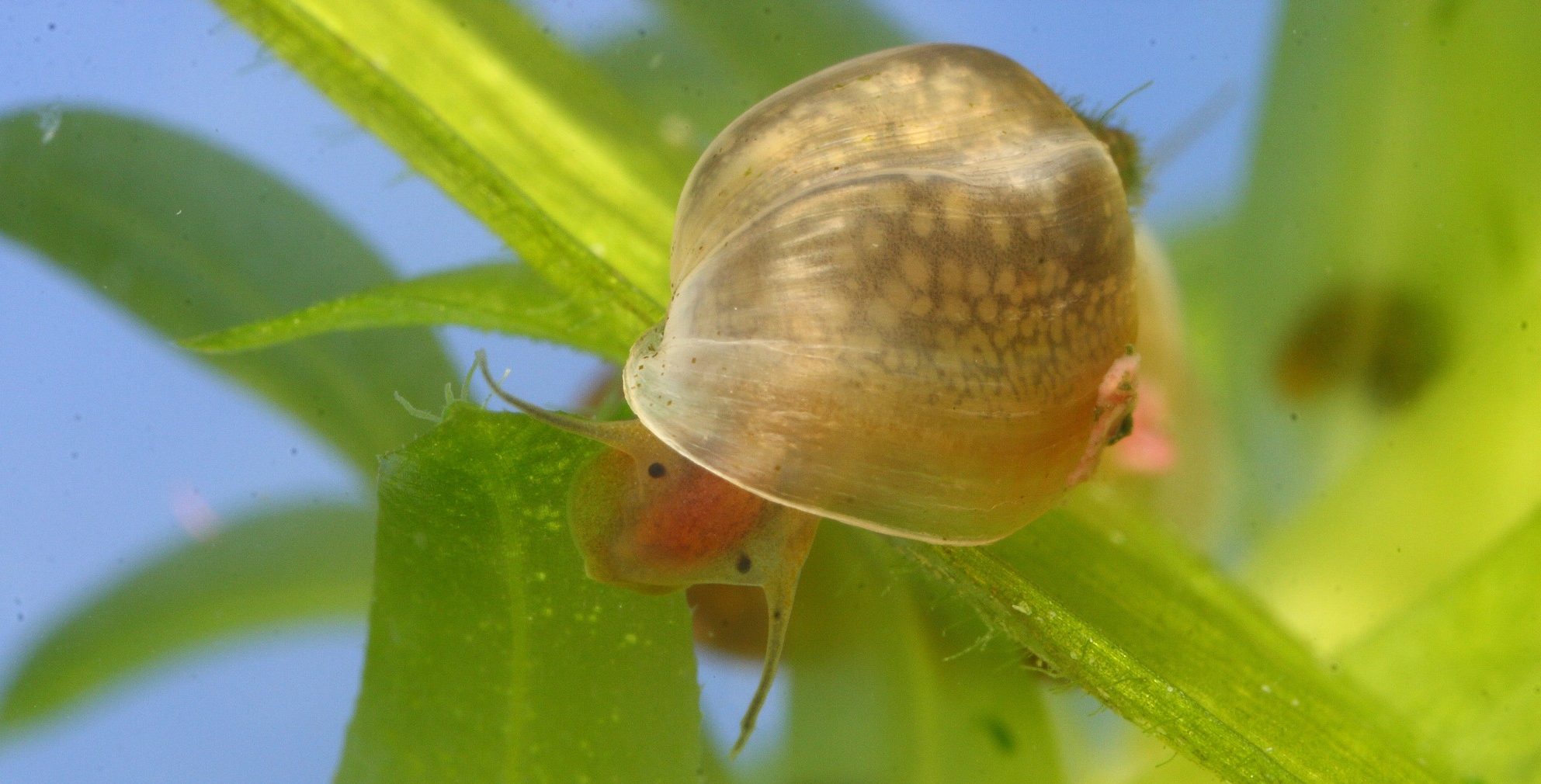 A. Mrkvicka
A. Mrkvicka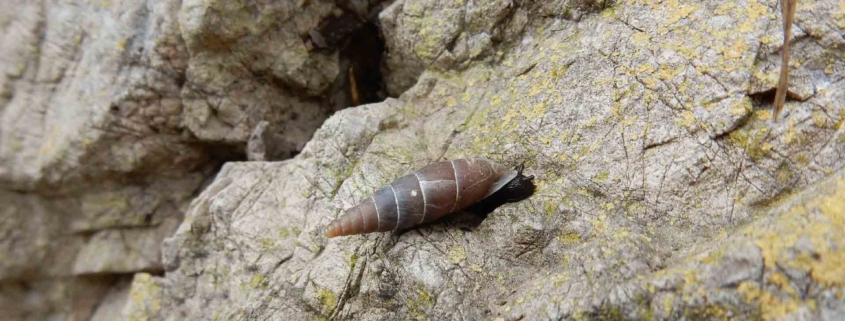 MoFA
MoFA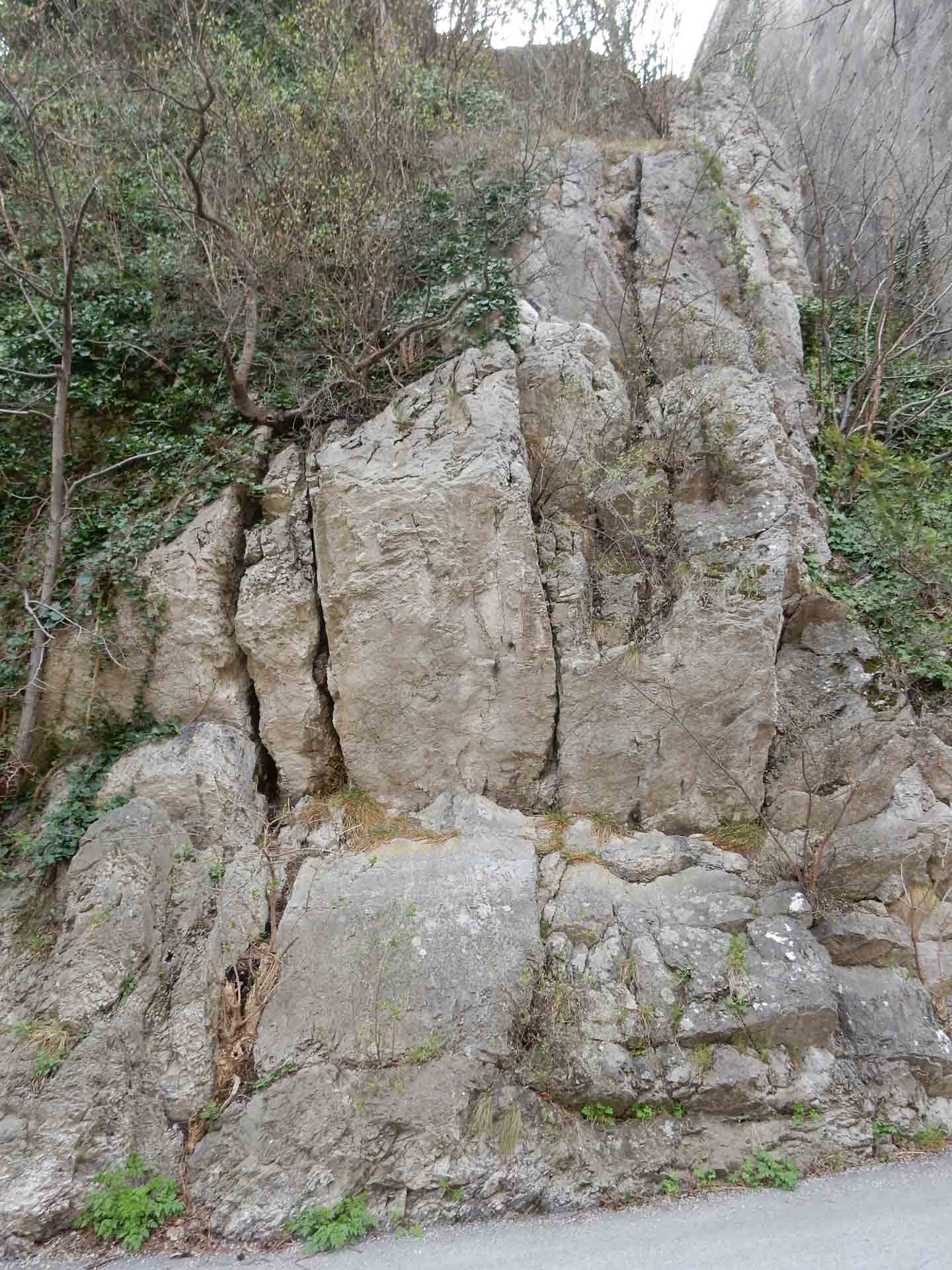
 Malakologische Arbeitsgemeinschaft, Haus der Natur, Salzburg
Malakologische Arbeitsgemeinschaft, Haus der Natur, Salzburg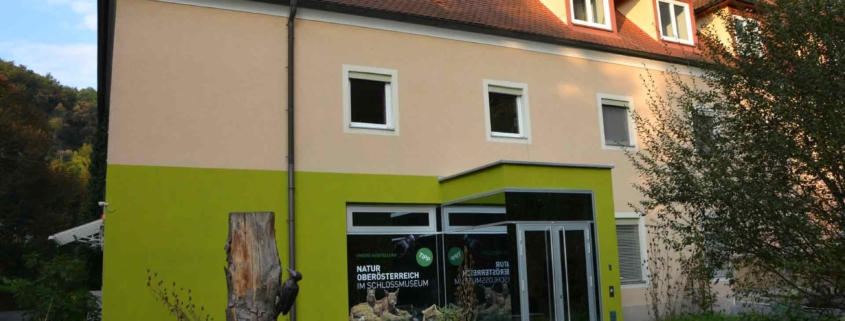 Biozentrum Linz, OÖ Landeskultur GmbH
Biozentrum Linz, OÖ Landeskultur GmbH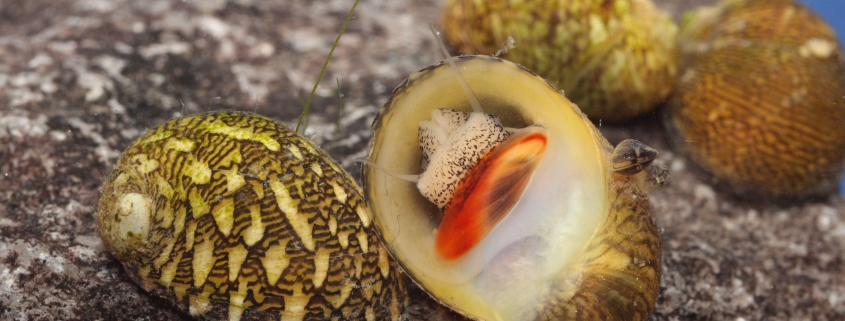 Alexander Mrvicka
Alexander Mrvicka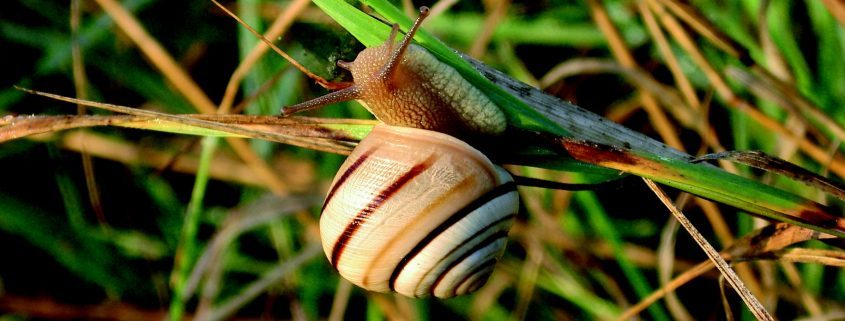 Alexander Mrkvicka
Alexander Mrkvicka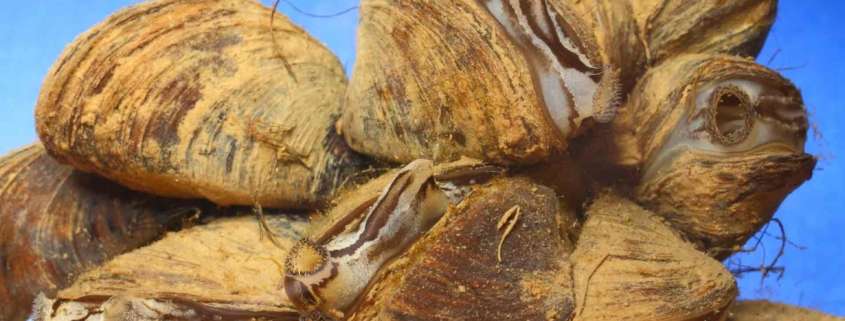 © MoFA
© MoFA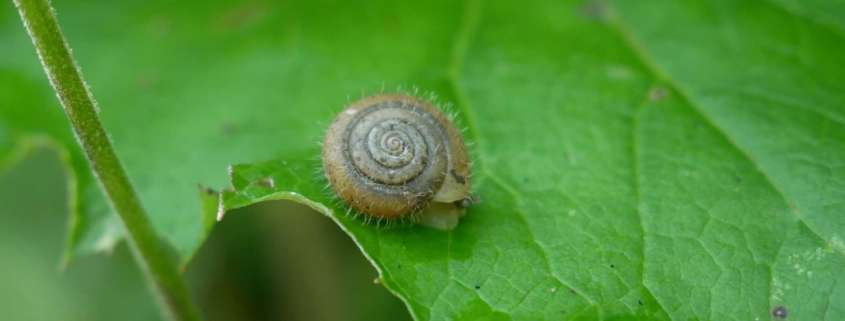 MOFA, S. Bamberger
MOFA, S. Bamberger